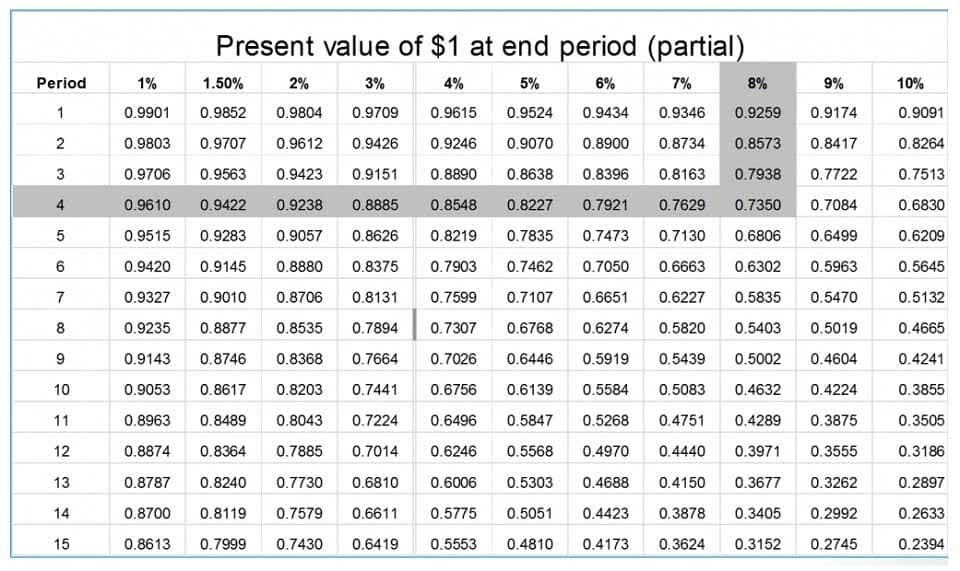
The unit of production method also enables a business estimate is loss and gains for a period of time. An average cost per unit is applied to the total units produced by the machine https://www.instagram.com/bookstime_inc or plant in a financial period to determine depreciation under the unit of production method. The applied rate is the ratio of the asset’s total value minus residual value to the estimated number of units a machine produces over the useful life.
Unit of Production Depreciation: Calculation, Comparison, and Impact
However, other methods account for the depreciation over the financial period regardless of whether it was used. Similarly, the unit of production method is a depreciation method used across various industries and business entities to systematically allocate asset costs. This article will go through the unit of production method, how it works with an example, and a comparison with other depreciation methods.
Why would an asset that has a fixed cost but no Salvage Value use the Units of Production method?
- If the machine produces 10,000 units in the first year, the depreciation for the year will be $20,000 ($2 x 10,000 units).
- The units of depreciation method is also known as the units of activity method.
- However, for static assets such as buildings, the units of production method is inappropriate.
- Under the units of production method, depreciation during a given year will be greater when there is a higher volume of activity.
- We’ve written a complete guide on depreciation that goes into these different types of depreciation in detail.
- You’ll also want to check at Section 179 depreciation, which allows eligible firms to deduct the whole cost of specific assets in the year of purchase up to $1 million.
These entries will increase your expenses—and decrease the profit—on your profit and loss statement by $100, $750, and $75, respectively. They will also reduce the book value of your assets on your balance sheet by the same amount. Units of production depreciation is used primarily for manufacturing equipment, although it can also be used to calculate the units of production depletion of natural resources. Many business owners are familiar with the concept of depreciation only as it applies to taxes. Although the depreciation calculation is an important component of your tax filing, there is so much more to depreciation than a line item on your tax return. The units of depreciation method is also known as the units of activity method.

How Does the Unit of Production Method Help Businesses?

Instead, the depreciation calculation is made and entries are recorded into your bookkeeping software on a recurring basis. Transportation and logistics companies, which rely heavily on vehicles and aircraft, can also leverage this method. The depreciation of these assets is closely tied to mileage or hours of operation. By using the unit of production method, these companies can ensure that their financial statements reflect the true cost of asset usage, leading to more accurate budgeting and financial forecasting.
- Units of Production Method may be appropriate where there is a high correlation between activity of an asset and its physical wear and tear.
- These models are sold in the domestic market and are exported to regions like Latin America, Middle East, Africa, and neighbouring countries in Asia.
- According to disclosures of IRS, most business entities depreciate their assets by MACRS for tax returns.
- However, the method considers the usage of the asset in different financial periods instead of the average useful life.
- The mould could be used in 8 production batches after which it will have a scrap value of $.2 million.
By tying depreciation directly to the asset’s usage, this method ensures that the expense recorded on the income statement aligns closely with the actual wear and tear experienced by the asset. This can lead to more accurate profit margins, particularly for businesses with fluctuating production levels. For instance, during periods of high production, depreciation expenses will be higher, which can offset increased revenues and provide a more balanced view of profitability. The units of production depreciation method is more cumbersome to calculate than most of the other depreciation methods.
If you https://www.bookstime.com/articles/realization-principle decide to use units of production depreciation, keep in mind that your tax preparer will still make a separate depreciation calculation for tax purposes. This means your tax depreciation won’t line up exactly with your book depreciation, but as long as you are aware of this and know why the two amounts don’t match, it won’t cause a problem. The diagram below sets out an analysis of the units of production depreciation method. The depreciation expense for the period is then based on the depreciation rate and the number of units produced during the period. Given the above assumptions, the amount to be depreciated is $480,000 ($500,000 minus $20,000). Dividing the $480,000 by the machine’s useful life of 240,000 units, the depreciation will be $2 per unit.

What is the Units of Production Method?
This is well suited for companies owning equipment and machinery that accumulates wear and tear depending on production. It’s a precise method of calculating depreciation but it’s a more laborious method. A company should determine whether the extra effort is worthwhile before adopting this depreciation method. When evaluating the unit of production method against other depreciation techniques, it’s important to consider the specific circumstances and needs of a business.
